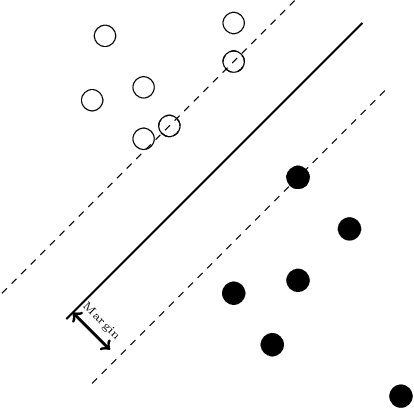B. S. Daya Sagar
Weighted Sum of Segmented Correlation: An Efficient Method for Spectra Matching in Hyperspectral Images
Jun 18, 2024


Abstract:Matching a target spectrum with known spectra in a spectral library is a common method for material identification in hyperspectral imaging research. Hyperspectral spectra exhibit precise absorption features across different wavelength segments, and the unique shapes and positions of these absorptions create distinct spectral signatures for each material, aiding in their identification. Therefore, only the specific positions can be considered for material identification. This study introduces the Weighted Sum of Segmented Correlation method, which calculates correlation indices between various segments of a library and a test spectrum, and derives a matching index, favoring positive correlations and penalizing negative correlations using assigned weights. The effectiveness of this approach is evaluated for mineral identification in hyperspectral images from both Earth and Martian surfaces.
Generation of High Spatial Resolution Terrestrial Surface from Low Spatial Resolution Elevation Contour Maps via Hierarchical Computation of Median Elevation Regions
Jul 18, 2023Abstract:We proposed a simple yet effective morphological approach to convert a sparse Digital Elevation Model (DEM) to a dense Digital Elevation Model. The conversion is similar to that of the generation of high-resolution DEM from its low-resolution DEM. The approach involves the generation of median contours to achieve the purpose. It is a sequential step of the I) decomposition of the existing sparse Contour map into the maximum possible Threshold Elevation Region (TERs). II) Computing all possible non-negative and non-weighted Median Elevation Region (MER) hierarchically between the successive TER decomposed from a sparse contour map. III) Computing the gradient of all TER, and MER computed from previous steps would yield the predicted intermediate elevation contour at a higher spatial resolution. We presented this approach initially with some self-made synthetic data to show how the contour prediction works and then experimented with the available contour map of Washington, NH to justify its usefulness. This approach considers the geometric information of existing contours and interpolates the elevation contour at a new spatial region of a topographic surface until no elevation contours are necessary to generate. This novel approach is also very low-cost and robust as it uses elevation contours.
Triplet-Watershed for Hyperspectral Image Classification
Mar 17, 2021



Abstract:Hyperspectral images (HSI) consist of rich spatial and spectral information, which can potentially be used for several applications. However, noise, band correlations and high dimensionality restrict the applicability of such data. This is recently addressed using creative deep learning network architectures such as ResNet, SSRN, and A2S2K. However, the last layer, i.e the classification layer, remains unchanged and is taken to be the softmax classifier. In this article, we propose to use a watershed classifier. Watershed classifier extends the watershed operator from Mathematical Morphology for classification. In its vanilla form, the watershed classifier does not have any trainable parameters. In this article, we propose a novel approach to train deep learning networks to obtain representations suitable for the watershed classifier. The watershed classifier exploits the connectivity patterns, a characteristic of HSI datasets, for better inference. We show that exploiting such characteristics allows the Triplet-Watershed to achieve state-of-art results. These results are validated on Indianpines (IP), University of Pavia (UP), and Kennedy Space Center (KSC) datasets, relying on simple convnet architecture using a quarter of parameters compared to previous state-of-the-art networks.
 Add to Chrome
Add to Chrome Add to Firefox
Add to Firefox Add to Edge
Add to Edge